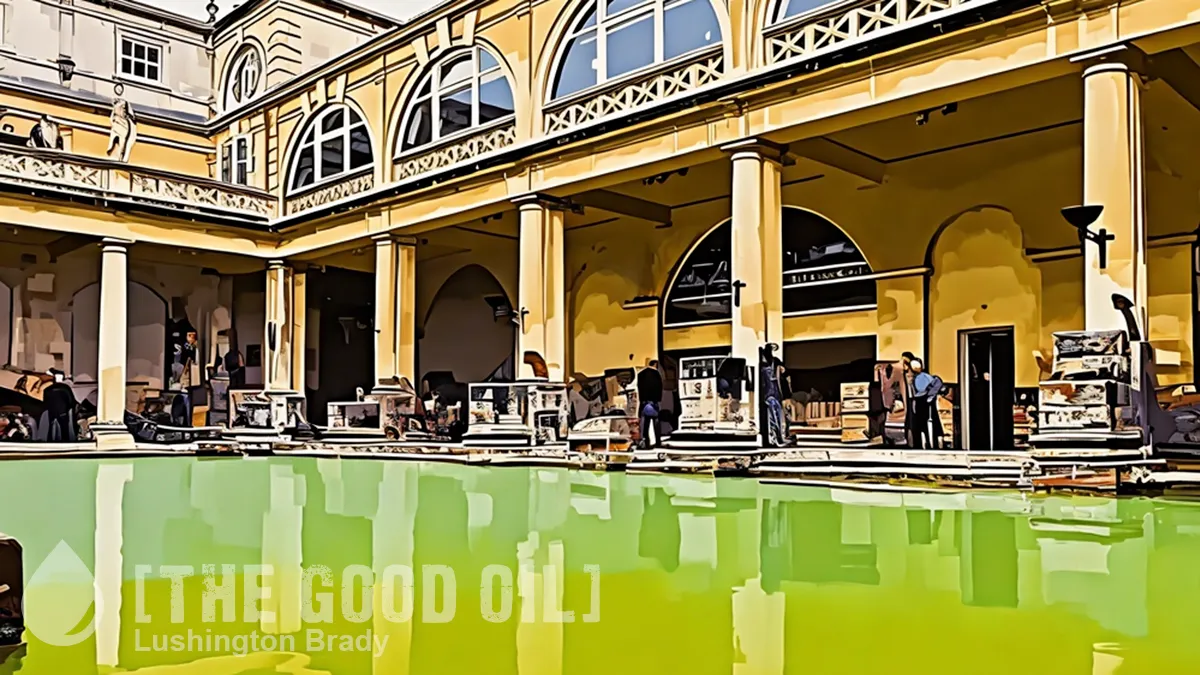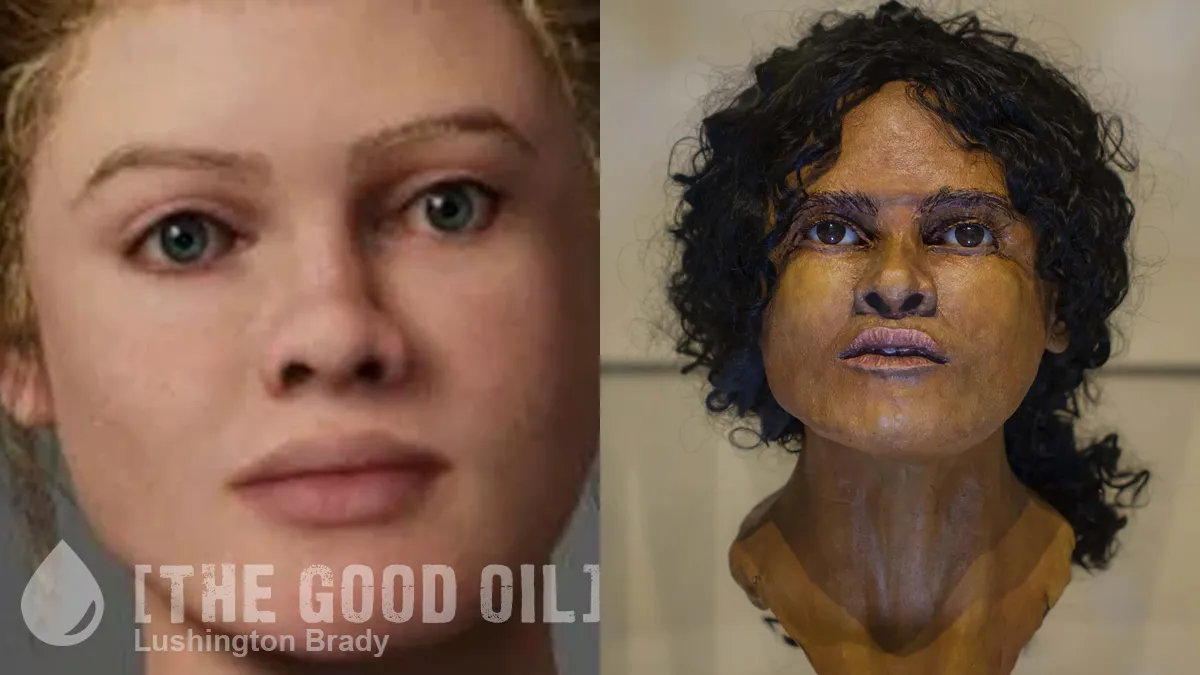Table of Contents
There’s been a notable surge in murders in the US, especially in the big cities. Nobody wants to talk about the multiple elephants at the crime scene, though.
It started with a fight over sweet and sour sauce outside a busy McDonald’s. It ended with one teenage girl allegedly stabbing another to death.
It’s the kind of crime that, in Australia, would spark an outpouring of public grief and leave the nation in a state of collective shock.
But in Washington DC, such killings have become sadly commonplace.
According to local media reports, 16-year-old Naima Liggon had been at a party with friends on Saturday, August 26, before they went out for some late-night fast food.
As the group left the McDonald’s, three of the girls got into an argument over sauce.
A local court heard one girl then stabbed Naima in the abdomen and torso, and fled.
Naima’s tragic death fits an all-too-common pattern in US homicides: a group of young, black Americans are out on the town or at a party, an argument starts, and in short order, someone, or multiple someones, are dead.
Within 48 hours, in several incidents in the U Street Corridor and elsewhere in Washington, at least 10 people were shot. Six of them died.
Three victims were shot in a playground close to the city’s convention centre, after “multiple shooters unleashed a volley of gunfire” as part of a “neighbourhood beef”, according to local media.
A 15-year-old girl was injured, while Cle’shai Perry, 18, and Mikeya Ferguson, 19, were killed.
Despite being just one-fifth of the white population, nearly twice as many black Americans are murdered each year, and the numbers are rising. Drastically. Their killers will almost certainly be black, too.
No-one will talk about that, though.
Local police data shows violent crime is soaring in the US capital, a microcosm of a bigger youth crime problem in many cities.
As of September 14, there had been 190 homicides recorded in Washington since the start of the year – a 28 per cent jump on the 148 recorded in the same period last year.
Robberies were up 67 per cent (2,449 vs 1,463). Carjackings had more than doubled. Violent crime overall was up 39 per cent […]
And local authorities say young people are behind much of the rise in violent crime.
Just any old young people, though? Are young Jews or Asians rampantly murdering each other over a packet of sauce, or because someone “dissed” someone else at a party?
In fact, the only time the US mainstream media or political establishment will even mention race and crime is when they can paint their sainted “people of colour” as the “victims”.
Other research points to curfews’ disproportionate impact on young people of colour, and how contact with police increases the likelihood they will commit crime later.
This is the same kind of argument used to justify the “racial justice” approach to policing which has notably coincided with the spike in crime in the US.
Not that, again, the media want to talk about that.
The causes of youth crime are complicated. But Eduardo Ferrer, a youth crime expert at Washington’s Georgetown Law school, sees two factors playing a big role in some of the recent increases.
One is the proliferation of guns in the US. The other is trauma from the pandemic, which “disconnected” some kids from family or social supports.
ABC Australia
While those no doubt are contributing factors, are they all? Or even the prime cause for the recent, dramatic reversal in crime rates?
Guns have been a constant in America for two hundred years, and it’s rather noticeable that the spike in mayhem slightly predated the pandemic, although it really kicked into high gear in 2020. What else happened around then?
The American left decided that policing was “racist” and clamoured to defund the police and decriminalise such acts as petty theft.
The results were entirely predictable.
But no one in the media or politics wants to talk about that.









